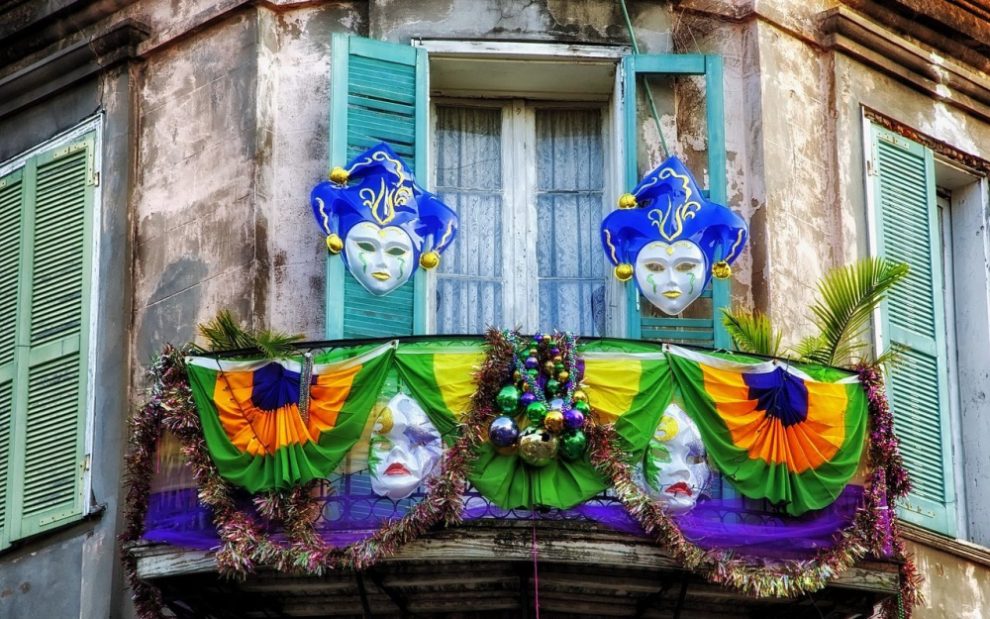Beads and booze. Food and fats. Dancing and drinking. Pleasures and pączki.
OK. The last one is more of a Chicago thing. Pączki are Polish pastries enjoyed by thousands of Chicagoans the day before Ash Wednesday.
The others, however, often come to mind when thinking about Fat Tuesday, aka Mardi Gras. Every year in the United States, thousands of people trek to New Orleans to experience a transcendent party. Other cities around the world celebrate too. Rio de Janeiro is probably the global center of Mardi Gras, though there it is called Carnival.
Although its deepest roots may tap into pre-Christian Roman customs, the middle roots certainly delve into medieval Catholic Europe. Forty-seven days before Easter, there was a day called, in English, Shrove Tuesday. “Shrove” comes from the Middle English word shrive, which refers to the sacrament of reconciliation. It was a time of preparation and celebration before Ash Wednesday, the beginning of Lent.
As Shrove Tuesday developed, two main threads emerged: food and festivals. In many European locations, where food scarcity was common, a community would use up all of its supplies that would be forbidden during Lent: butter, eggs, lard, meat, milk, sugar, etc. These would be turned into rich foods—like the aforementioned pączki. It would be a moment of communal joy before a season of communal fasting. This tradition of eating indulgent foods spanned many European cultures and their diasporas: pancakes in the United Kingdom and Ireland, fastnacht in Germany, malasada brought from Portugal to Hawaii, beignets in France and New Orleans, and, of course, pączki in Poland and Chicago.
Large gaudy festivals of “organized chaos” began in wealthy trading cities such as Venice. There would be parades, masquerades, and public performances of political subversion. The tradition spread from Italy to Spain, France, and Portugal. In the Caribbean colonies where great riches were accrued from enslavement, the European customs intermingled with the traditions of the enslaved peoples from Africa. In many places, the enslaved were allowed to participate in these festivals with the hope that it would bring them into the Catholic faith. Enslaved persons often embraced the costumes, performances, and dancing as a means for remembering their heritage and mocking their enslavers. After all, performances of social satire already were embedded into the festival from its origins in a Catholic Europe rife with economic inequity. After slavery was abolished, Carnival gained an additional meaning in many locations: a celebration of emancipation. It became not only a public display of celebration before a season of penance but also one of momentary freedom from the shackles of colonialism.
Whether through food or festivals, it’s well worth celebrating being free from shackles before embarking on a journey of repentance.
This article also appears in the February 2023 issue of U.S. Catholic (Vol. 88, No. 2, page 49). Click here to subscribe to the magazine.
Image: Pixabay.com














Add comment